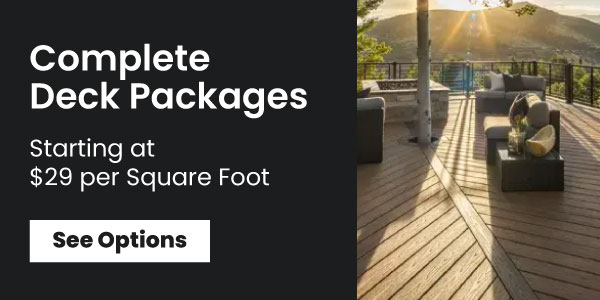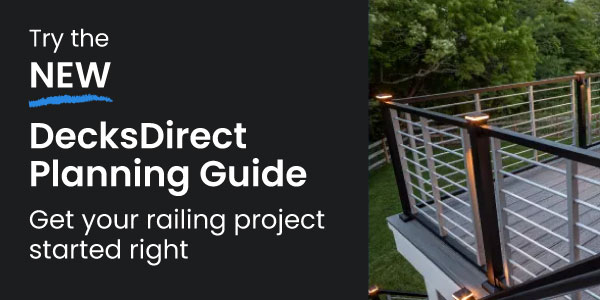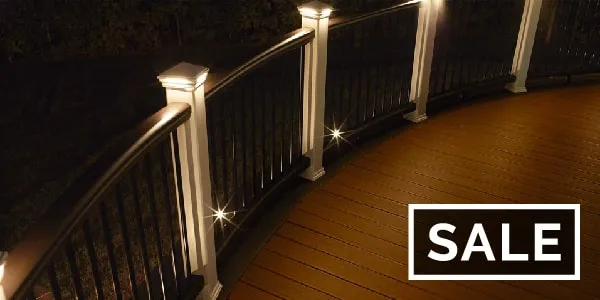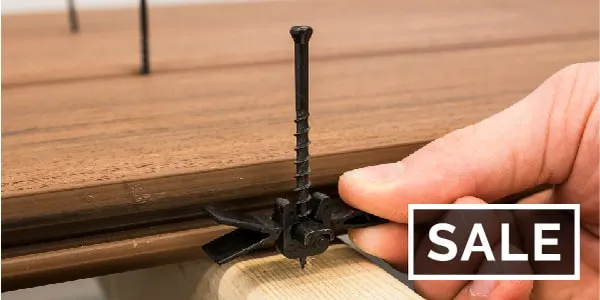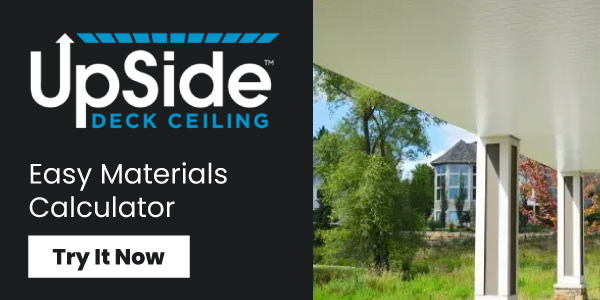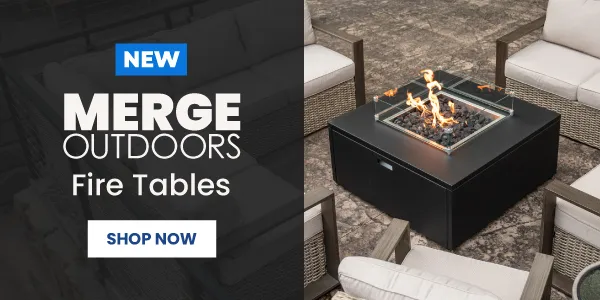How to Check and Inspect Your Deck
Keeping Your Outdoor Space Safe
May 1st marks the beginning of Deck Safety month, which is a big deal to us deck enthusiasts here at DecksDirect. Our decks weather an incredible amount of elements over the years - rain, sun, and snow, foot traffic and furniture moving, spilled drinks, animal visitors and more. Keeping your deck safe and in top condition is vital to your continued deck enjoyment.
May is a perfect time to give your deck a quick inspection to make sure it's in tip-top shape for deck season. Here's a list of helpful areas to inspect, as well as some tips from our experts and frequently asked questions on how to maintain a strong and secure deck that everyone will love.
Areas to Check Out
Along the Outside Perimeter
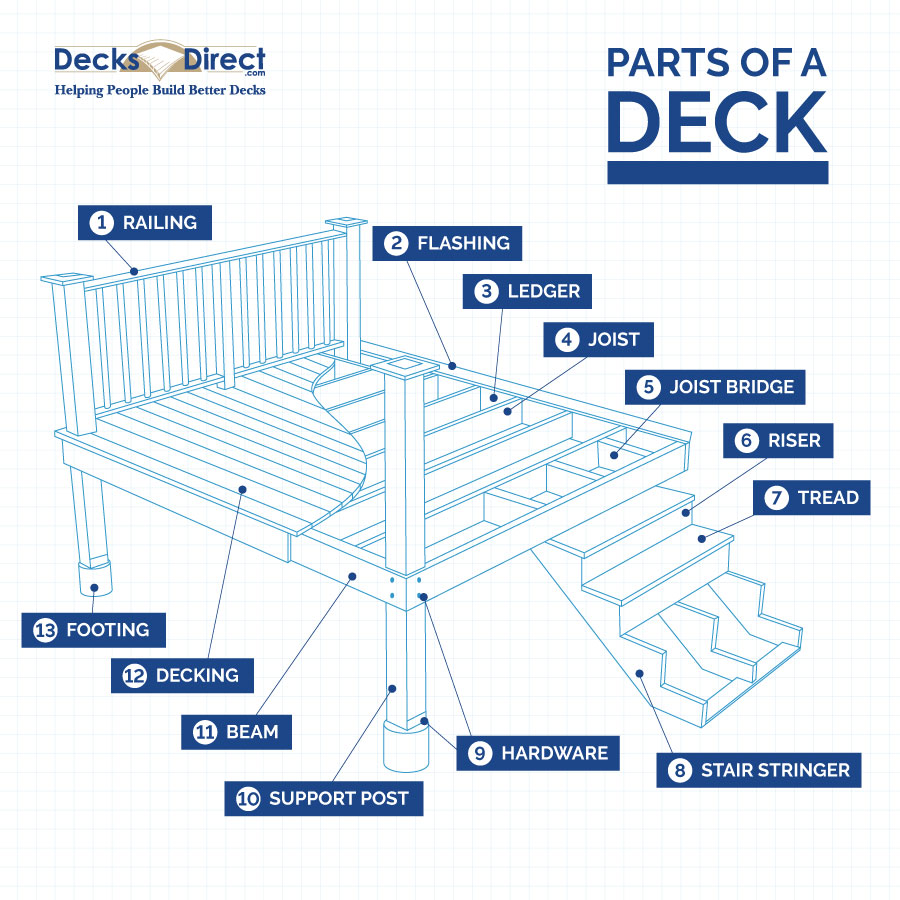
- Take a leisurely stroll around your deck
- Check and lightly shake all deck footings to ensure they're still securely in place
- Looking at your support posts, ensure there's no cracks or splinters
- If no fascia is installed on your deck, inspect the hardware connecting the beams to the support posts
- Review your staircase parts and hardware - stair stringers should be attached to the deck joist with a structural hanger or bracket. If the stair stringer is simply toe-nailed to the deck, consider replacing the hardware for a stronger hanger or bracket, such as one from Simpson Strong-Tie.
Under the Deck
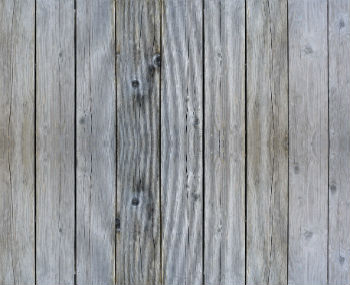
- If your deck was built with natural, non-treated lumber, inspect deck boards closely for damage from pests and bugs
- Verify that the ledger board to rim joist connection remains solid and unmovable
- Decks made from non-composite or PVC decking should be checked yearly for wood rot, mold, and mildew growth
- Check for any cracks in your wood boards, tiny cracks are common but can expand with the weather; protect against this by staining your boards to seal the crack
- Check the flashing along the ledger board and joists, if you spot any holes or rust, repair or replace as needed
- Inspect your joists and beam hardware for rust. To replace, put in a temporary support while removing the old components
On Top of Your Deck
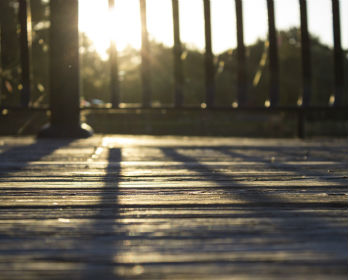
- When walking across your deck, listen and feel for any pops, creaks, or unusual give from your boards
- Clean away all leaves, dirt, and debris from your deck surface with a hose or pressure-washer. (If you have composite or PVC decking, avoid using a pressure-washer unless your decking manufacturer has specific instruction for pressure washing. Often, composite or PVC deck boards will require a fan-tipped nozzle and a low pressure level to avoid damaging boards.)
- Inspect each deck board for rising nails or loose fasteners; replace as needed
- For non-composite decking: stain, seal, or treat your deck boards annually
- Walk along the edge of your deck, testing and checking your railing for loose posts or handrails
- Consider the landscaping and trees surrounding your deck, ensure it's clear from the deck
Want More Info?
Check out the Deck Consumer Checklist and the Deck Evaluation Checklist both supplied from NADRA, the North American Deck and Railing Association. NADRA is a professional group aiming to be the number one source for the professional development, promotion, growth, and sustenance of the Deck and Railing building Industry throughout North America. From deck design, to the best safety tips and products, NADRA wants to help everyone love their outdoor living space and help it last!
